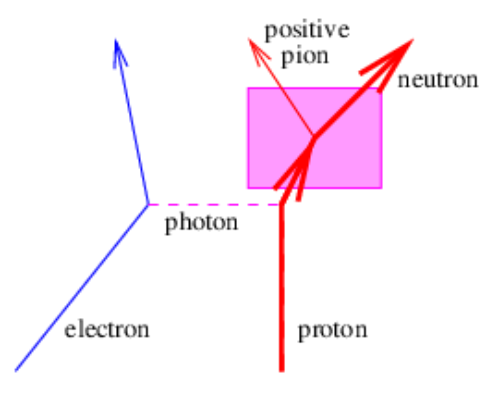20.5: Problems
- Page ID
- 32876
\( \newcommand{\vecs}[1]{\overset { \scriptstyle \rightharpoonup} {\mathbf{#1}} } \) \( \newcommand{\vecd}[1]{\overset{-\!-\!\rightharpoonup}{\vphantom{a}\smash {#1}}} \)\(\newcommand{\id}{\mathrm{id}}\) \( \newcommand{\Span}{\mathrm{span}}\) \( \newcommand{\kernel}{\mathrm{null}\,}\) \( \newcommand{\range}{\mathrm{range}\,}\) \( \newcommand{\RealPart}{\mathrm{Re}}\) \( \newcommand{\ImaginaryPart}{\mathrm{Im}}\) \( \newcommand{\Argument}{\mathrm{Arg}}\) \( \newcommand{\norm}[1]{\| #1 \|}\) \( \newcommand{\inner}[2]{\langle #1, #2 \rangle}\) \( \newcommand{\Span}{\mathrm{span}}\) \(\newcommand{\id}{\mathrm{id}}\) \( \newcommand{\Span}{\mathrm{span}}\) \( \newcommand{\kernel}{\mathrm{null}\,}\) \( \newcommand{\range}{\mathrm{range}\,}\) \( \newcommand{\RealPart}{\mathrm{Re}}\) \( \newcommand{\ImaginaryPart}{\mathrm{Im}}\) \( \newcommand{\Argument}{\mathrm{Arg}}\) \( \newcommand{\norm}[1]{\| #1 \|}\) \( \newcommand{\inner}[2]{\langle #1, #2 \rangle}\) \( \newcommand{\Span}{\mathrm{span}}\)\(\newcommand{\AA}{\unicode[.8,0]{x212B}}\)

- Verify that the quark model predicts the correct electric charge for the proton, the neutron, and all the pions. Also check to see if the spin angular momentum of each of these particles is consistent with its quark composition.
- Draw a picture of how the negative pion decays into a muon and a mu antineutrino in terms of the quark model of the pion and our ideas about the weak interaction.
- Draw a picture of how the muon decays into a mu neutrino, an electron, and an electron antineutrino in terms of our ideas about the weak interaction.
- A mu antineutrino hits a proton, turning it into a neutron.
- What other particle must be emitted from this reaction?
- Could you use this result to distinguish between electron and mu antineutrinos?
- What minimum total energy in the center of momentum frame would you expect of the mu antineutrino for this reaction to be possible? Note that in this reference frame the kinetic energy of the initial proton will be nearly the same as that of the final neutron.
- Suppose that the electron had a rest energy of M = 500 MeV rather than ≈ 0.5 MeV. Describe as best you can the many ways in which this would change the world and universe in which we live.
- In the reaction shown in figure 20.5, specify what actually happens at the vertex in the shaded region in terms of the quark model of hadrons.
 Figure 20.6: Reactions that may or may not be allowed.
Figure 20.6: Reactions that may or may not be allowed. - A solar neutrino detector in South Dakota consists of a huge tank of cleaning fluid, which has a large concentration of chlorine-37 \(Z = 17,A = 37\).
- Will an electron neutrino more likely interact with a proton or a neutron in the chlorine-37 nucleus?
- If this interaction occurs, what will the final products be?
Note: \(Z = 16\) is sulfur and \(Z = 18\) is argon.
- An electron collides with an antimuon, resulting in the apparent disappearance of both particles. This seems to indicate that energy is not conserved.
- What do you, the Sherlock Holmes of particle physics, suggest actually happened?
- Is this likely to be a very common event? Why or why not?
- A \(\Lambda\) particle consists of 3 quarks with flavors \(u,d,s\). A possible decay mode is \(\Lambda \rightarrow \mathrm{p}+\Pi\).
- Is the \(\Lambda\) a fermion or a boson? Explain.
- Draw a Feynman diagram showing how the above decay can happen at the quark level.
- Is the above decay a strong or a weak process?
Reminder: \(p=u, u, d ; \pi=\bar{u}, d\)
- For each of the reactions shown in figure 20.6, determine whether it is allowed or not. If not, state what is wrong.


